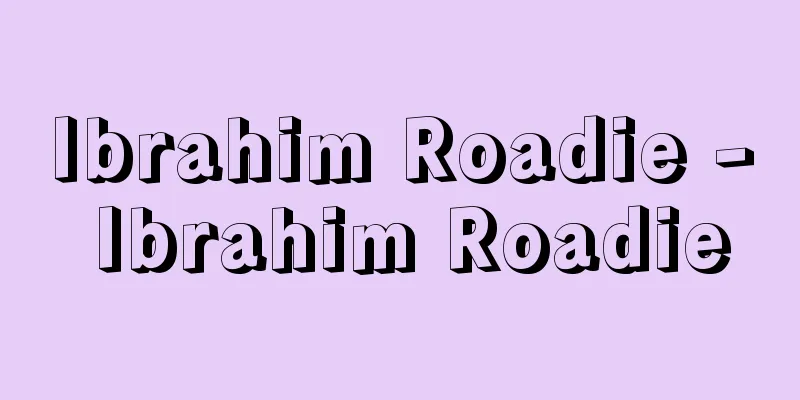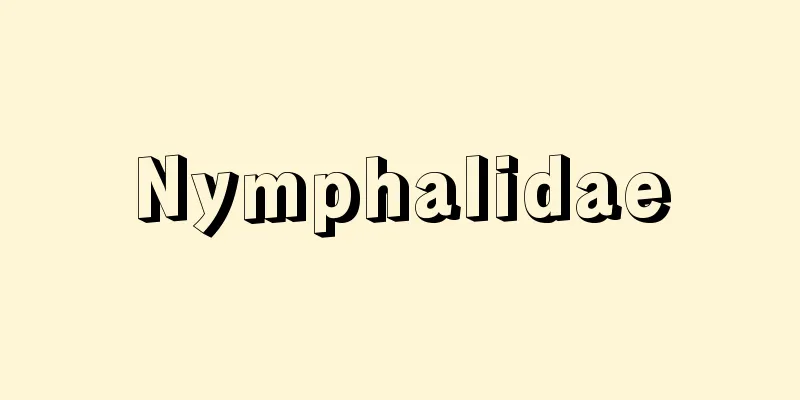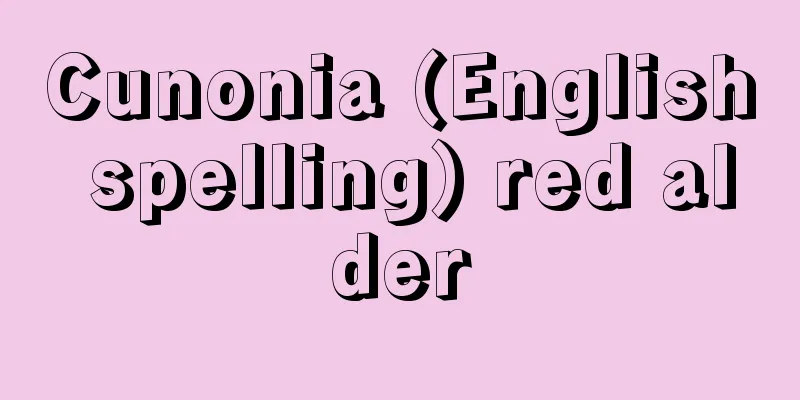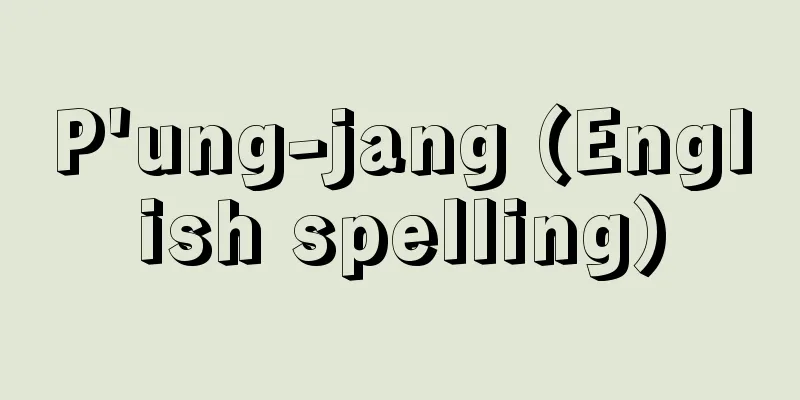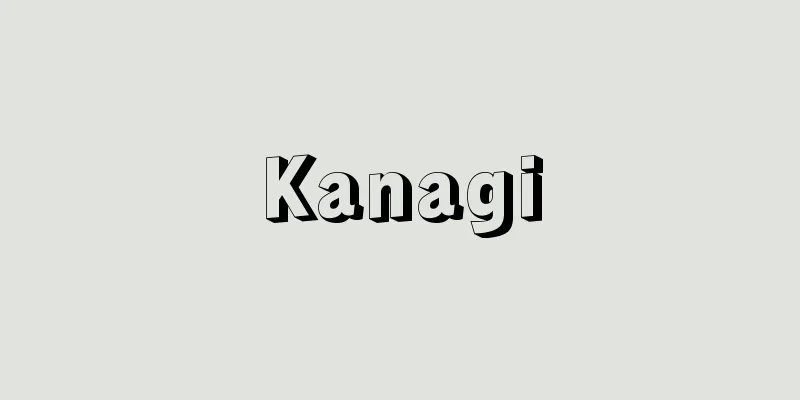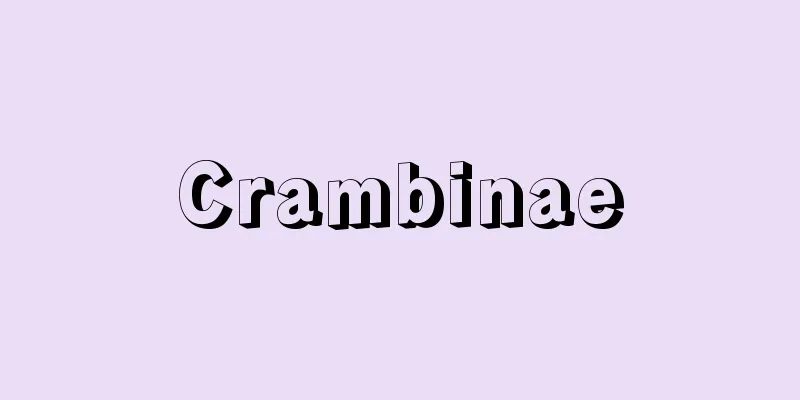Insulin

|
Reference value 8-11μU/ml Check for diabetes etc. Insulin is For this reason, if the amount or action of insulin decreases, blood sugar levels rise and diabetes develops. Blood sugar (see → reference) and urine sugar (see → reference) are tested as screening for diabetes, but insulin is measured at the same time as blood sugar in a 75g glucose tolerance test. As shown in the figure below, when blood sugar rises due to a glucose load, insulin is secreted to lower blood sugar. The 75g glucose tolerance test is a fixed method proposed by the World Health Organization (WHO), in which after fasting for more than 14 hours, you drink 75g of glucose (sugar) in a solution to check whether your sugar processing function is normal. As shown in the diagram below, blood samples are taken before taking the drug, and 30, 60, 90, 120, and 180 minutes after taking the drug (the 30, 90, and 180 minutes may be omitted), and changes in blood sugar levels, changes in urinary sugar, and the secretion state of insulin in the blood are examined. There are two types of diabetes, type 1 and type 2. Type 1 is an insulin deficiency type that is common in children and young people, and because insulin production is reduced, insulin injections are required for the rest of one's life. In contrast, type 2 is common among adults and obese people, and although there is no insulin deficiency, there is too much sugar, so the insulin action does not work properly. It is a lifestyle-related disease, and blood sugar levels can be lowered by promoting sugar consumption through diet and exercise therapy. ■Changes in blood glucose levels and insulin activity during glucose tolerance test Measures based on test results If insulin levels are high or low, various tests such as blood glucose, C-peptide, and glycohemoglobin (see reference) will be performed to diagnose the condition and initiate appropriate treatment. The main diseases suspected are ◆ High levels → Liver disease, obesity, insulin autoimmune disease, Cushing's syndrome, insulinoma, insulin receptor abnormalities, etc. ◆ Low levels → (Type 1) diabetes, starvation, adrenal insufficiency, hypopituitarism, etc. The general term used by doctors is "IRI" (IRI is short for immunoreactive insulin). Other names include "insulin" and "insulin". Source: Hoken "4th Edition: A book that explains the tests you will receive at the hospital" Information about the 4th Edition: A book that explains the tests you will receive at the hospital |
|
基準値 8~11μU/mℓ 糖尿病などをチェック インスリンは、 このため、インスリンの量や作用が低下すると、血糖値が高くなって糖尿病になります。糖尿病では血糖(→参照)、尿糖(→参照)がスクリーニング(ふるい分け)として検査されますが、インスリンは75gブドウ糖負荷試験で、血糖と同時に測定されます。 下の図に示すように、糖負荷により血糖が高くなると、インスリンが分泌されて血糖を低下させるように働きます。 75gブドウ糖負荷試験とはWHO(世界保健機関)が提唱する一定の方式で、14時間以上の絶食ののち、75gのブドウ糖(砂糖)の溶解液を飲んで、糖の処理機能が正常かどうかを調べる検査です。 下の図のように、服用前、服用後30分、60分、90分、120分、180分にそれぞれ採血して(30分、90分、180分は省略することもある)、血糖値の変化、尿糖の変化、血液中のインスリンの分泌状態を調べます。 糖尿病には、1型、2型と呼ばれる2つのタイプがあります。1型は、インスリンが欠乏しているタイプで、小児や若年者に多く、インスリンの産生が低下しているため、生涯にわたってインスリンを注射で補わなければなりません。 これに対して、2型は成人や肥満の人に多く、インスリンが欠乏してはいないが、糖が多過ぎるためにインスリンの作用が十分に働かないタイプです。生活習慣病のひとつで、食事や運動療法によって糖の消費を促進することで、血糖値を低くすることができます。 ■糖負荷試験における血糖値とインスリン活性の変化 検査値からの対策 インスリンが高値あるいは低値の場合には、血糖、C-ペプチド、グリコヘモグロビン(→参照)などの種々の検査を行い、診断とともに適切な治療を開始します。 疑われるおもな病気などは ◆高値→肝疾患、肥満、インスリン自己免疫疾患、クッシング症候群、インスリノーマ、インスリンレセプターの異常など ◆低値→(1型)糖尿病、飢餓、副腎不全、下垂体機能低下症など 医師が使う一般用語 出典 法研「四訂版 病院で受ける検査がわかる本」四訂版 病院で受ける検査がわかる本について 情報 |
>>: Insulae Fortunatae - Insulae Fortunatae
Recommend
Objectum
...Hobbes and Leibniz call the soul subjectum, bu...
Grackle
...In the oropendola and cacique species, the bas...
Poznan Riots
On June 28, 1956, an anti-government riot broke ou...
Kisei Main Line - Kisei Main Line
The name of the JR line that runs along the coast...
Gorytos (English spelling)
A case for bows and arrows used by the Scythians, ...
Scodra
…The former name of Skutari comes from the ancien...
mogil'nik (English spelling) mogilnik
...It is an important location for land and sea t...
Art Department - Art Department
...Two Western-style painters, Kawakami Togai and...
Morphy, P. (English spelling) MorphyP
...In the 18th and 19th centuries, the game's...
Shrew - Shrew
A general term for mammals belonging to the Sorici...
Anigothanthus coccineus (English spelling)
… [Mitsuru Hotta]... *Some of the terminology tha...
Genre paintings from the early modern period
...Here, traditional subject forms such as famous...
Megalithic tomb - Kyosekifun
…It is rather rare to build a mound and dig down ...
Luliang Mountains
A mountain range that runs northeast to southwest ...
Bratislava (English spelling)
The capital of the Slovak Republic. Population 452...
